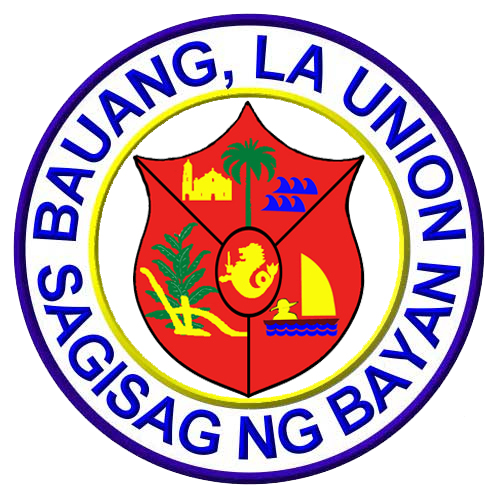DISTRICT I
BARANGAY CARMAY
VISION
To have a Progressive/Peaceful Community where the Residents have Unity thru the leadership of the Elected Officials
MISSION
To promote cooperation among residents
To establish a progressive Barangay Carmay
To uplift the standard of living of every resident
To contribute for the development of our community
BRIEF HISTORY
There is no exact date when Barangay Carmay was established. Record shows that it existed as an old community since the Spanish regime and it consisted only of four (4) families which were more than ten, until it became hundreds. There was no specific road leading to this place. Old people passed through a small river and a small alley to reach their place.
During the 1920’s, a fruit bearing tree called gooseberry tree or “Karmay” is abundant in this area. It is where it derived its name.
Barangay Carmay land area is 55.74 hectares and its boundaries are barangay Palintucang in the east, barangay Paringao in the west, barangay Pottot in the south and barangay Bungro of the c6ity of San Fernando. This is the smallest barangay of the municipality.
BARANGAY PAGDALAGAN SUR
BRIEF HISTORY
According to our great forefathers, the name of the barangay came from this story. In a certain area north of Paringao and south of Pagdalagan Norte, which was a flooded place, there was specie of a fish called “DALAG”. Visitors and nearby folks frequently visited this place to catch “dalag” fish, because this was one of a kind. Then the people going to this place called it “DALAGAN”, until it was called Barangay Pagdalagan, which means a place to catch dalag fish.
BARANGAY PARINGAO
BRIEF HISTORY
There is no specific information recorded as to the origin of Paringao but according to some elders of the barangay, there was a story behind the formation of Paringao. You can call it a comedy but it is a belief that has passed from generation to generation.
Long time ago, roads were not stable and carts were pulled by carabaos and horses. These were used as means of transportation. A young traveler from the North was going to the southern part of the province. When he reached a bridge, he decided to take a rest. The place was unfamiliar to him so he looked for someone whom he can inquire. A stranger was sitting at the end of the bridge carrying with him his cat. The traveler approached the stranger and asked something “Pare, mabalin iti agdamag? Ania ti naganna daytoy a lugar? ” The traveler asked “Pare…said the stranger. Upon saying, “PARE” the cat meowed “NGAW”. The traveler knew that the place is called PARENGAW. From that time on, Parengaw is changed to Paringao. When you asked the elders where Paringao got its name, they remember the stranger and his cat.
BARANGAY PALINTUCANG
BRIEF HISTORY
During the Pre-Hispanic times, the natives called this place “Kabalitocan,” where it is customarily been believed that in this place there was plenty of gold to be found. The first natives who resided in that place were the dark-skinned Ilokanos from Pangasinan and the Ilonggots from the nearby highlands. Since the place was a bit far from the sea, they cultivated crops such as rice and mungo beans. The territory of “kabalitocan” extended far to include the area of barangay Bawanta today.
During the Hispanic period, it was formed as part of the “ayutamiento” of Bauang which was then under the province of Pangasinan. Until the Revolution, it served to be a cash colony where it planted rice, tobacco and other crops for the Spanish government.
It was said that the name “Palintucang” originated from a conversation where in a man from another place, tired and hungry from a day’s journey stopped by for a drink. When he asked the name of the place, the natives told him “Kabalitocan” but the stranger who happened to be a staff of the Spanish government in-charge of the discovery of the mainland Northern Luzon at that time has an ear defect. He wrote in the records of the Spanish Civil government of Bauang the word “Palintucang” instead of Cabalitocan”.
